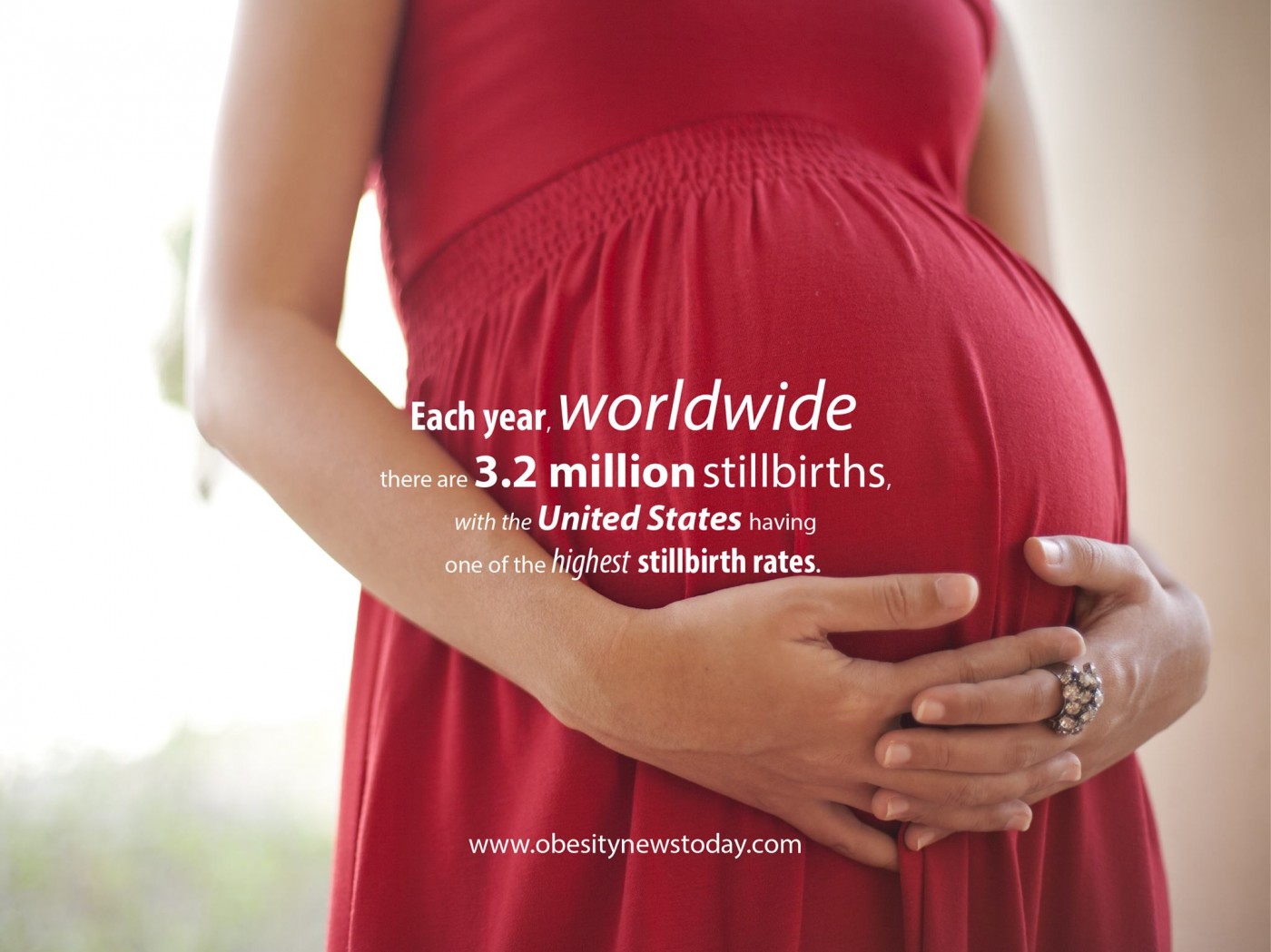A new study published in The American Journal of Clinical Nutrition indicates that obesity may be associated with non-nutritious carbohydrates found in the composition of breast milk, changing common beliefs concerning how and why children develop to become overweight adults.
Previous studies have revealed that maternal obesity influences a baby’s risk for becoming overweight, although researchers are uncertain how obesity is transmitted.
Now, Michael Goran, the study’s corresponding author and director of the Childhood Obesity Research Center at the Keck School of Medicine, University of Southern California, and colleagues have discovered that variants in complex carbohydrates found in the composition of breast milk, known as human milk oligosaccharides (HMOs), are related with variations in infant development and obesity. HMOs are a natural constituent of breast milk and play an important role in an infant’s immune system development.
According to Tanya Alderete, study lead author and a postdoctoral research scholar at USC, this is the first study that identifies variations in HMOs as a potential risk or protective factor for obesity.
Breastfeeding Reduces Obesity Prevalence by 10%
Previous analysis on the effects of breastfeeding on obesity have shown inconsistent results. Some studies indicate that breastfeeding reduces an infant’s risk of developing obesity in childhood and adolescence. Investigators in this new study assessed 71 previous reports and determined that breastfeeding reduced the prevalence of obesity and excess weight relative to formula by an average of 10%.
The exact mixture of HMOs in breast milk can make a difference, the study showed. It found that the composition of individual breast milk is more significant in predicting obesity than the mother’s obesity and weight gain during pregnancy.
“At 6 months of age, higher breast milk levels of LNFPII and DSLNT were each associated with approximately 1 pound of greater fat mass,” Dr. Alderete said in a press release from USC. “Other HMOs were protective at 6 months. Increased amounts of a HMO called LNFPI in breast milk was associated with about a 1-pound lower infant weight and fat mass.”
Added Dr. Goran: “Early life experiences related to the environment and different feeding modalities contribute to obesity. But typically we think of obesity risk kicking in after weaning — the timing of introduction to solid foods, early exposures to sugary beverages. Clearly there is something going on before weaning even in babies who are exclusively breastfed.”
Breast Milk: Protection Against Obesity?
The researchers looked at 25 mother-infant pairs and examined breast milk and infant measures at ages 1 and 6 months. Breastfeeding was defined as not using infant formula. Some infants may have been given solid food, which plays a role in body composition and growth.
According to Dr. Goran, a professor of preventative medicine, physiology and biophysics, and pediatrics at the Keck School of Medicine, the finding that a specific mix of HMOs in breast milk affect infant growth and obesity are encouraging despite the study’s small size.
“Ultimately what we would like to be able to do is identify which of the HMOs are most important for obesity protection and then use that as a supplement that can be given to the breastfeeding infant and added to infant formulae,” Dr. Goran said, adding that current infant formula does not contain any HMOs.
HMOs May Shape a Baby’s Gut Microbiome
According to the Centers for Disease Control and Prevention Childhood, obesity doubled in children and quadrupled in young people in the past 30 years.
“The infant’s first exposure to nutrition sets the stage either for increased or decreased risk of obesity,” Dr. Alderete said. HMOs cannot be digested and accumulate in the colon. Consequently, they contribute to the shaping of baby’s gut microbiome.
“How the gut microbiome develops will have a long-term influence on obesity and health risk,” Dr. Goran said. “These compounds that are not being digested go straight into the infant’s gut and act as prebiotics. They act as fuel for microbes in the gut and help them grow and become diverse.”
The investigation could not establish cause and effect between obesity and HMO composition, in part because it did not have any assessment tools beyond the age of 6 months.
The Importance of HMOs
According to Dr. Goran, while genetics play an important role in the composition of HMO, researchers remain unsure of what contributes to variation in breast milk composition. What mothers eat is thought to play an important role, but further research here is necessary.
Mothers who are overweight may have a less optimal mixture of breast milk HMO, a possibility not examined in this USC study.
“To our knowledge, there are no studies examining how HMOs are affected by the mothers’ diet,” Dr. Alderete said. “It would be very interesting if dietary sugar or fat consumption were found to be related to HMOs. That is something we hope to explore in future studies.”
The data on the 25 mothers and infants was collected by The University Hospital at the University of Oklahoma Health Sciences Center.
“The study was conceptualized, initiated and conducted by my research group,” said David Fields, senior author, associate professor at the University of Oklahoma College of Medicine and holder of its CMRI Chickasaw Nation Endowed Chair in pediatric diabetes. “After speaking with Drs. Goran and Bode [laboratory], we decided to analyze for specific human milk oligosaccharides and determine if they are associated with early body composition, that is to say fat and muscle.”
The Bode Lab at the University of California, San Diego School of Medicine, analyzed the composition of HMO in the breast milk samples.
“HMOs are the third most abundant component in human breast milk,” said Lars Bode, corresponding author, an associate professor of pediatrics at UC San Diego and president-elect of the International Society for Research in Human Milk and Lactation. “The concentrations of these complex sugars are higher than the concentrations of all human breast milk proteins combined.”
USC researchers examined the results, producing models to comprehend associations between infant growth and body composition and HMOs.


